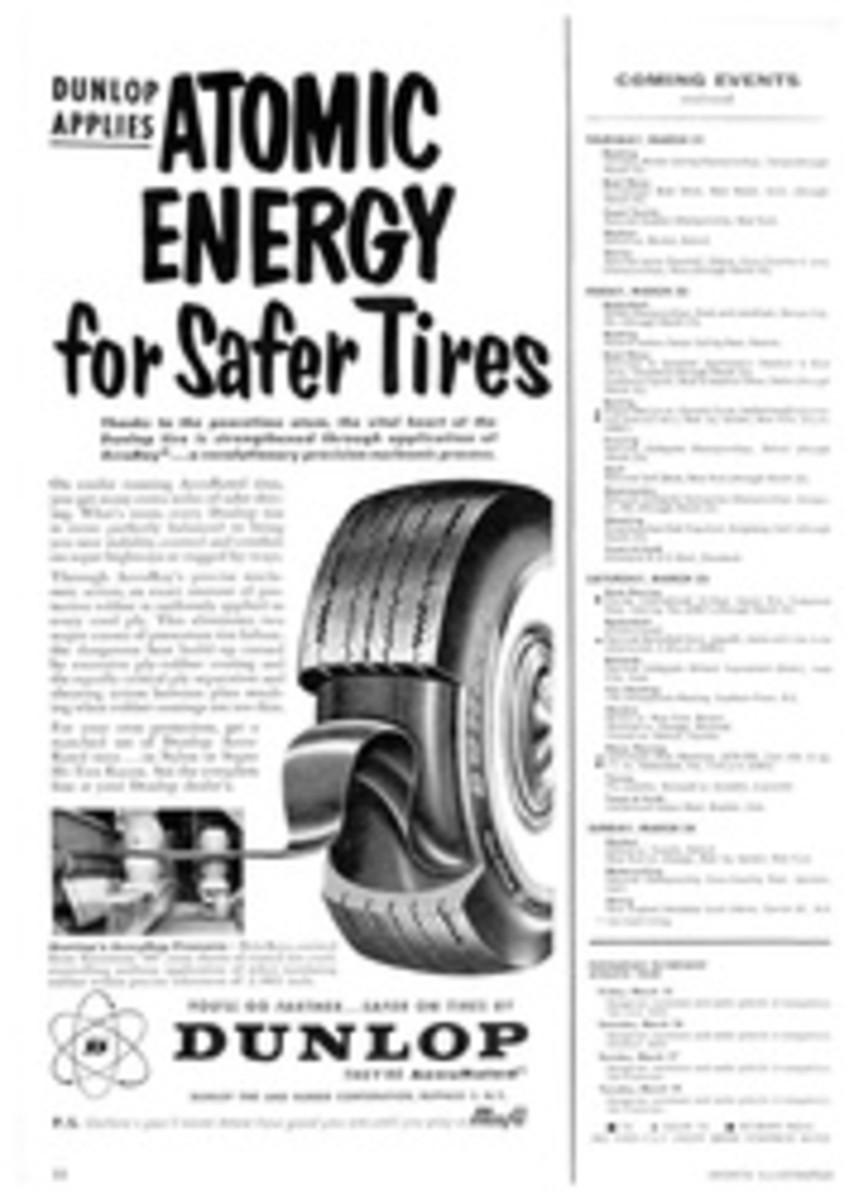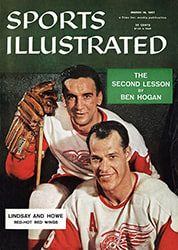
SAILER THE SUPERB
A little over a year ago in Cortina, Italy a Hollywood-handsome young Austrian did something no other skier has done before him or is likely to do after him. In five short days, Toni Sailer of Kitzb√ºhel won gold medals in the Olympic slalom, downhill and giant slalom, and became the world's most famous athlete—at least for a while.
Three weeks ago, at the invitation of his friend Friedl Pfeifer, co-director of the Aspen Ski School, Sailer flew to Colorado and gave American skiers their first chance to analyze the world's fastest self-propelled human.
In his first week in the U.S., he made a shambles of every race he entered. Three days off the plane, he won the Roch Cup giant slalom by four seconds, and the next day he won the slalom with an incredible second run that made the rest of the field look like weekend skiers. He ran six seconds better than the next man and his performance drew a traveling shock wave of sound from the crowd which climaxed in a thunderclap shout as he shot across the finish.
The town of Aspen, which has seen good skiers come and go in the past 10 years, went out of its way to pay respects. One night half the village squeezed into the taproom of the Golden Horn to cheer as Sailer was presented with a 10-gallon hat and made an honorary sheriff of Pitkin County.
But while everyone was ready to admit Toni's skiing mastery, no one seemed able to explain it and Toni was little help. After one race he was asked—with reporters hanging on every word—just what it was that made him so good. "You have to like it," he said with a grin.
Watching him slam down the mountain, many skiers have concluded that the secret lies in his lightning-fast reactions. This is an easy conclusion to reach. His ankles and legs are like precision machines adjusting flawlessly to the most drastic dropoffs and performing contortions (see below) that might snap the legs of an ordinary skier. Yet no one is prepared to say that top U.S. Skier Bud Werner cannot match him, move for move, in pure reaction speed.
Is it Sailer's mastery of the Austrian racing style that makes him head and shoulders above everyone else? The Austrians' style is no secret. They have developed a method that combines a minimum of arm and upper body movement with extremely fluid leg action—a method that is used by all of the top racers.
The extreme form of the Austrian style is a series of small linked turns called wedeln (literally, "the wiggle"). And, according to Fred Iselin, Pfeifer's co-director, more nonsense has been written about wedeln than anything in skiing. Part of this nonsense is that Toni Sailer wins with wedeln. Actually all top racers can wedeln, and the technique as such is useful only in limited situations in racing. It would be closer to the truth to say that the whole technique on which wedeln is built, the Austrian, is superior for racing, and that the Austrians, being best at it, are the world's top racers.
Toni tends to agree. Watching some of his international competitors he commented abruptly, "Too cramped." Then he tapped his thighs. "It should be loose and light here."
This weekend Sailer is due to join his fellow Austrians Josl Rieder and Andreas Molterer at Stowe, Vt. for the biggest race of the year. The French, Swiss, Italians and Norwegians will be there, but the fight will be—as it has been in Europe all year—between the Austrians. And that, according to Sailer, is the main reason he is as good as he is.
"They push me," Sailer said earnestly. "There are 10 in my country behind me all the time. When we race each other, it's life and death."
PHOTO
SLAMMING THROUGH a slalom gate at Aspen, Colo., Austria's Toni Sailer shows the tremendous drive he used to win three gold medals at the Olympic Games last year.

